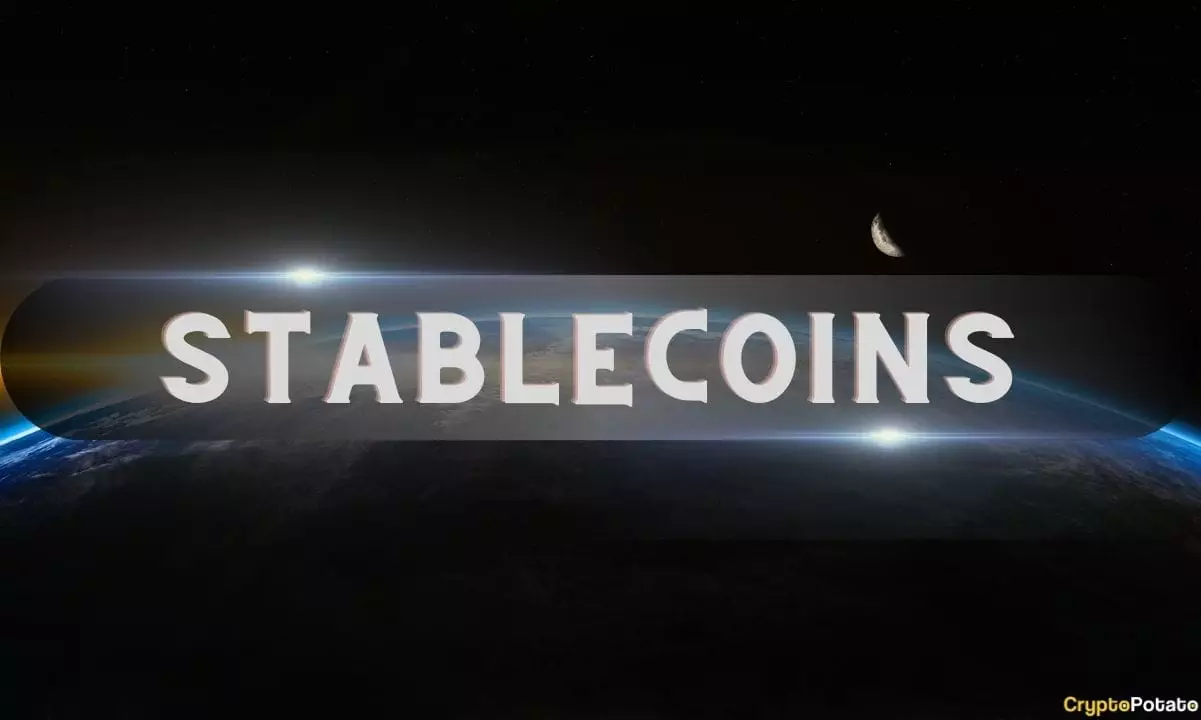In the year 2023, the digital asset market witnessed an exceptional surge, particularly in Bitcoin prices. With an increase of over 172%, Bitcoin proved its resilience with a minor correction of less than 20%. Not only Bitcoin, but Ether and stablecoins also experienced positive capital inflows. This surge in the market surpassed technical and on-chain pricing models, making it a remarkable year for digital assets.
The Rise of Stablecoins
Stablecoins, a form of digital assets, have gained significant traction in recent years. With a market capitalization exceeding $100 billion, stablecoins like USDT have emerged as a preferred quote currency for traders and a major source of market liquidity. Despite being mired in controversy, their role in market dynamics has shifted. They are now extensively used in decentralized finance (DeFi) applications, trading, and liquidity management.
Stablecoins’ aggregate supply has been declining since March 2022, primarily due to regulatory pressures. The US Securities and Exchange Commission (SEC) charging BUSD as a security, the preferential favoring of US treasuries over non-interest bearing stablecoins, and diminishing investor interest during bear markets have contributed to this decline. However, October 2023 marked a turning point, with total stablecoin supplies hitting a low at $120 billion and starting to grow at a monthly rate of up to 3%. This indicates a likely resurgence of investor interest.
Shifts in Dominance
The relative dominance between various stablecoins has undergone significant shifts in 2022 and 2023. Previously rising stablecoins like USDC and BUSD have seen their dominance shrink considerably. BUSD has even entered redemption-only mode, while USDC dominance dropped from 37.8% to 19.6% since June 2022.
Attention from Governments and Industry Players
Stablecoins have not only garnered attention from investors but also from governments and industry players. The Biden administration and bipartisan lawmakers in Congress have been closely monitoring stablecoins. Tether, the issuer of the largest stablecoin, has allocated $760,000 for lobbying in the first three quarters of 2023, doubling its previous year’s expenditure. Circle Internet Financial, the issuer of USDC, also increased its lobbying spending to $300,000 during the same timeframe. Furthermore, crypto exchange Coinbase invested $2 million in lobbying activities, focusing on various crypto-related issues with a notable emphasis on stablecoins.
Stablecoins play a significant role in bridging the gap between the crypto and traditional financial systems. Despite the controversies surrounding them, stablecoins have gained recognition as a crucial link between the digital asset market and traditional financial infrastructure.
The resurgence of investor interest and the growing attention from governments and industry players indicate a promising future for stablecoins. Their utility in decentralized finance, as well as trading and liquidity management, has solidified their position in the market. As the digital asset market continues to evolve, stablecoins are poised to play a crucial role in shaping the financial landscape. With their ability to maintain a stable value and facilitate transactions efficiently, stablecoins have the potential to revolutionize the way we interact with digital assets.
Stablecoins have experienced a significant rise in prominence within the digital asset market. Despite facing regulatory pressures and shifts in dominance, stablecoins have maintained their importance as a bridge between the crypto and traditional financial systems. With increasing attention from governments and industry players, stablecoins are poised to play a vital role in the future of the digital asset market.

